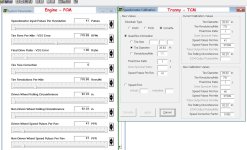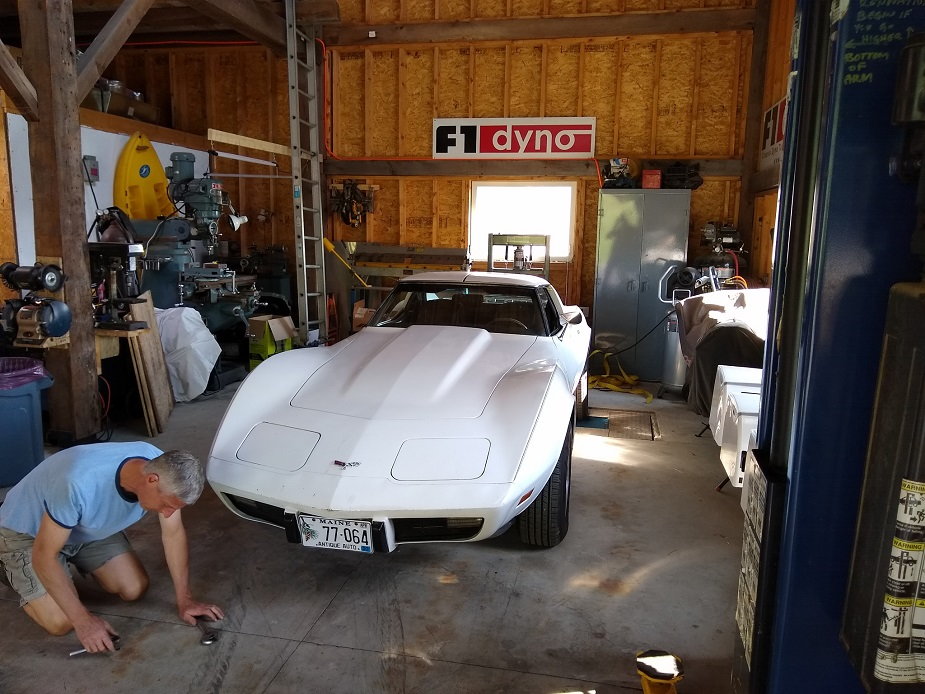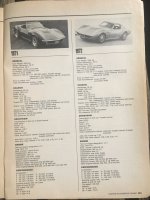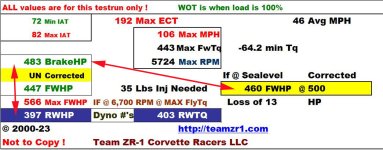On this subject
As tuning the engine and tranny of GM vehicles I often find that sometime in the life of a vehicle, someone changed something
and either did not know or care that now the speedo is reporting incorrectly
This could be wheels, tire sizes, different rear end gear size or even gears in auto tranny or even different type of tranny
Now at the least the tranny is no longer doing its up/down shifts at the correct MPH, but worse get stopped by a cop
for a speeding ticket where the vehicle owner believes they were doing close to the road's speed limit and cop claiming they were going faster
Before the C5 (or other vehicles about that time) if making changes as above, then there are different inner or outer gears to sway in speedo cable to make the gearing adjust so speedo is now correct
Even 3rd party vendors make an electronic unit that is put between the speedo cable and tranny to make speedo gauge report correctly
Starting with the C5 this all changed by electronics control and if changes are to be made by any of the above functions I can correct that in the engine and tranny controls
As you see, there are a good deal of math variables that are needed, so correct MPH is reported and also to assure the auto tranny is shifting at the correct MPH
At the least to know where your vehicle is at on this is having a GPS or an APP for cellphone and when driving as example when speedo
says 40 MPH, what do your tools say the true speed is
This way, you'd know what math you need to do in your head for not exceeding the true MPH
Or have someone tune the controllers or get the proper speedo/tranny gears to make the correction
As example this is a 2008 C6 as to the PCM (left) and TCM (right) where the value changes are done






